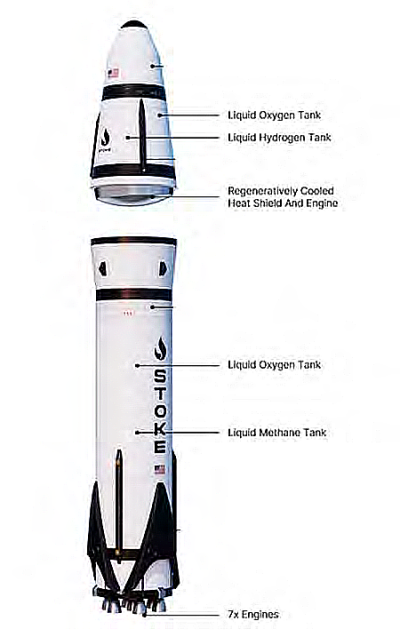Lockheed Martin to purchase satellite builder Terran Orbital
Lockheed Martin today announced that it intends to purchase the satellite company Terran Orbital, of which it already owns one third of its stock.
Lockheed said Aug. 15 it would buy Terran Orbital for $0.25 per share in cash and retire the company’s existing debt. The deal, expected to close in the fourth quarter, has an enterprise value of $450 million. Shares in Terran Orbital closed Aug. 14 at $0.40.
Lockheed had six months ago offered to buy the company for $1 per share, but then withdrew the offer. It appears this new offer is intended to save the company, as Lockheed needs it. Right now 90% of Terran Orbital’s contracts are with Lockheed, and if the company goes under so do those deals.
This situation appears related to funding problems being experienced by the Rivada 300-satellite constellation. It had signed a $2.4 billion contract with Terran to build those satellites, but Terran removed that contract from its listed deals this week, suggesting that it no longer expected it to happen.
Lockheed Martin has made a strong effort in the past decade to remake itself to meet the challenges of the new space market, including entering the smallsat satellite manufacturing market. Thus it should be able to absorb Terran Orbital’s operations with little major harm to both, and much benefit.
Hat tip to BtB’s stringer Jay.
Lockheed Martin today announced that it intends to purchase the satellite company Terran Orbital, of which it already owns one third of its stock.
Lockheed said Aug. 15 it would buy Terran Orbital for $0.25 per share in cash and retire the company’s existing debt. The deal, expected to close in the fourth quarter, has an enterprise value of $450 million. Shares in Terran Orbital closed Aug. 14 at $0.40.
Lockheed had six months ago offered to buy the company for $1 per share, but then withdrew the offer. It appears this new offer is intended to save the company, as Lockheed needs it. Right now 90% of Terran Orbital’s contracts are with Lockheed, and if the company goes under so do those deals.
This situation appears related to funding problems being experienced by the Rivada 300-satellite constellation. It had signed a $2.4 billion contract with Terran to build those satellites, but Terran removed that contract from its listed deals this week, suggesting that it no longer expected it to happen.
Lockheed Martin has made a strong effort in the past decade to remake itself to meet the challenges of the new space market, including entering the smallsat satellite manufacturing market. Thus it should be able to absorb Terran Orbital’s operations with little major harm to both, and much benefit.
Hat tip to BtB’s stringer Jay.









